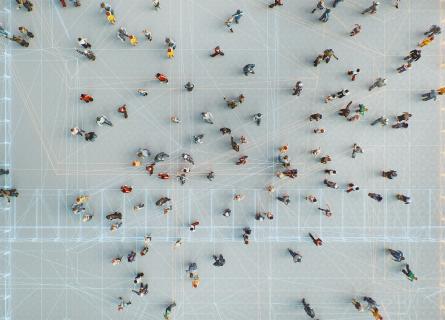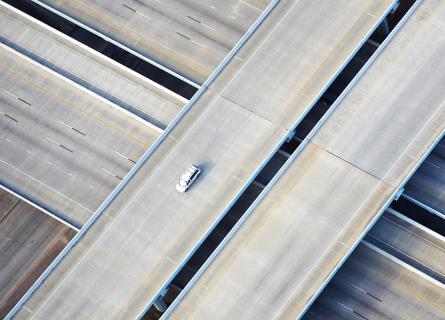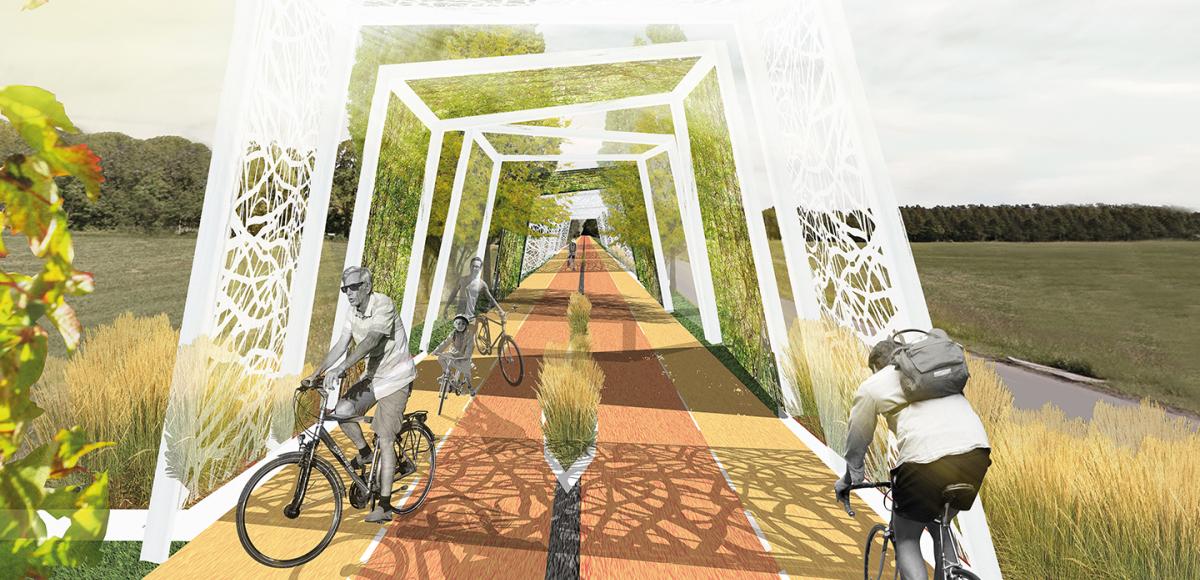
Back to the future
The flying car remains a fantasy, and we still await chartered flights to the moon.
Visions of the future of mobility have changed throughout history and tend to reflect the present rather than the future we are trying to predict. To drive innovation in the right direction – towards the Global Goals – new tools and working methods are required. In AFRY’s research project Sustainable Transportation Systems of the Future, these questions are further examined.
Our notion of the future tends to reflect the current trends of the time we are living in right now. AFRY’s research project, Sustainable Transportation Systems of the Future – processes and tools to integrate urban planning and infrastructure with technological development, investigates how the future of mobility could be developed. Here, backcasting is an important tool. In short, it is about creating a vision of a desired future, and then working backwards to identify the necessary steps required to get there, based on a situation assessment.
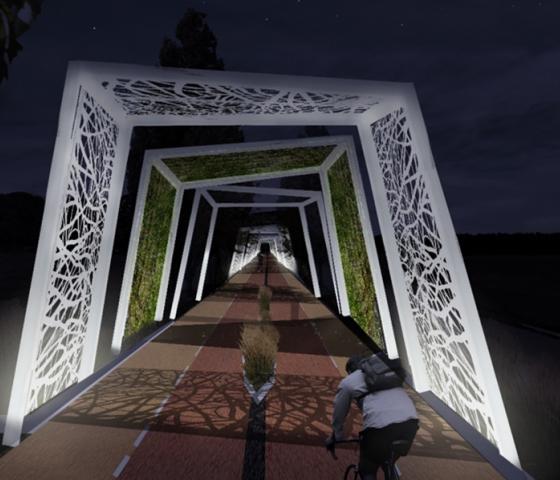
”Today’s urban planning is a lot about solving problems here and now, it is steered by forecasting. If we have problems with traffic congestion, we build more highways, but it is not a solution that reduces how much we drive cars. It does not lead to a more sustainable society. We have to become better at focusing on the goals that we set up”, says Maria Håkansson, Project Manager and coworker at AFRY.
Starting in the fall of 2017 and by using backcasting, the research project has developed a goal-oriented method to work towards a sustainable transportation system. The project is based on the 2030 Agenda’s vision that future transportation is quiet, safe and fossil free. It will require less space, improve health and be accessible for everyone.
”The advantage of using the 2030 Agenda as the basis for the project is that the goals are absolute – we are not just going to slightly improve things, we aim to achieve a sustainable society in all dimensions. In order to build a whole system, we need a holistic approach targeted towards several goals at the same time”, explains Maria Håkansson.
Virtual and augmented reality
The project has a reference group consisting of more than 30 experts from various fields related to mobility. The city of Gothenburg and Uppsala municipality are project partners. The central question is, what do people need in order to live and work in a sustainable way? Since the common view of the future tends to focus on the current reality, asking residents about their desired future living conditions is simply not enough. The project is about testing different processes and tools which businesses, municipalities and organisations can use to work towards the Sustainable Development Agenda. Examples of such tools are virtual reality and augmented reality. When combined with analytics and simulation tools, these can be powerful instruments for urban planning.
”The power of visualisation is that we come closer to the user experience in a city setting. How is this street perceived if we build it in another way than what we have today? In the future, if we have driverless delivery robots or vehicles on the sidewalks, what would people consider safe and secure? The user experience enables us to involve residents in the dialogue”, continues Maria.
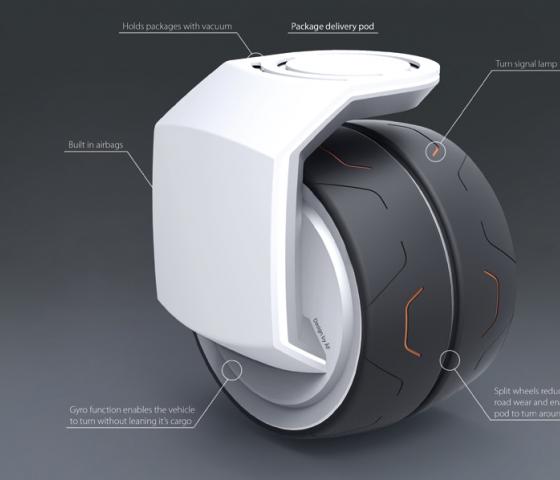
Focus on traffic safety
The research project will run for three years and has already generated ideas about what measures are needed for a sustainable transportation system, innovative infrastructure solutions, mobility services and products as well as design of environments. The objective is to highlight the need for technology that is focused on achieving the Global Goals, so that we can drive innovation in the right direction. This idea comes from the Swedish traffic transport safety model ”Vision Zero” which radically changed traffic safety when it was introduced in the 1990’s. The goal of having zero injuries in road traffic is still important and is part of the 2030 Agenda for Sustainable Development.
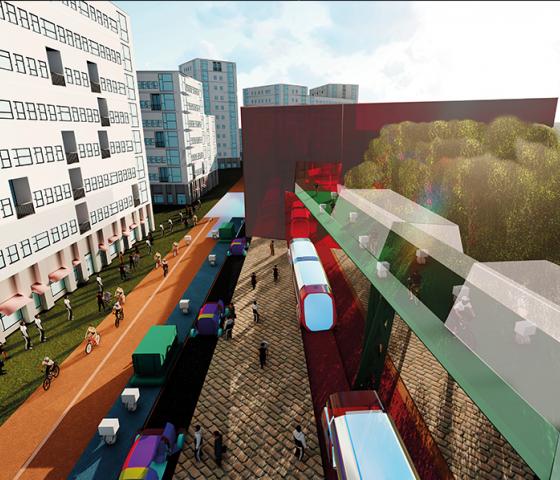
”One of our greatest challenges continues to be cycling and pedestrian accidents caused by snow, gravel and ice. Currently, there is testing of different road surfaces and how they can decrease the degree of injury when people fall, but if we improve the operation and maintenance of our pavements and bike paths, we can reduce the number of accidents. Imagine if there were autonomous robots to clean up the gravel, leaves and to some extent, snow and ice”, says Maria.
Claes Tingvall is a Senior Consultant at AFRY and one of the participants in the project. As former Traffic Director at the Swedish Transport Administration and one of the authors of Vision Zero, Claes has contributed in changing the views of a modern transportation system.
”Unlike then, nowadays no one questions that we need to work towards sustainability as a goal. The question is, how do we get there? We need to create a common vision of the future and all stakeholders have to cooperate to get there. With this project, we are breaking new ground – it is really cutting-edge processes that we are looking at, that is cool”, says Claes Tingvall.
